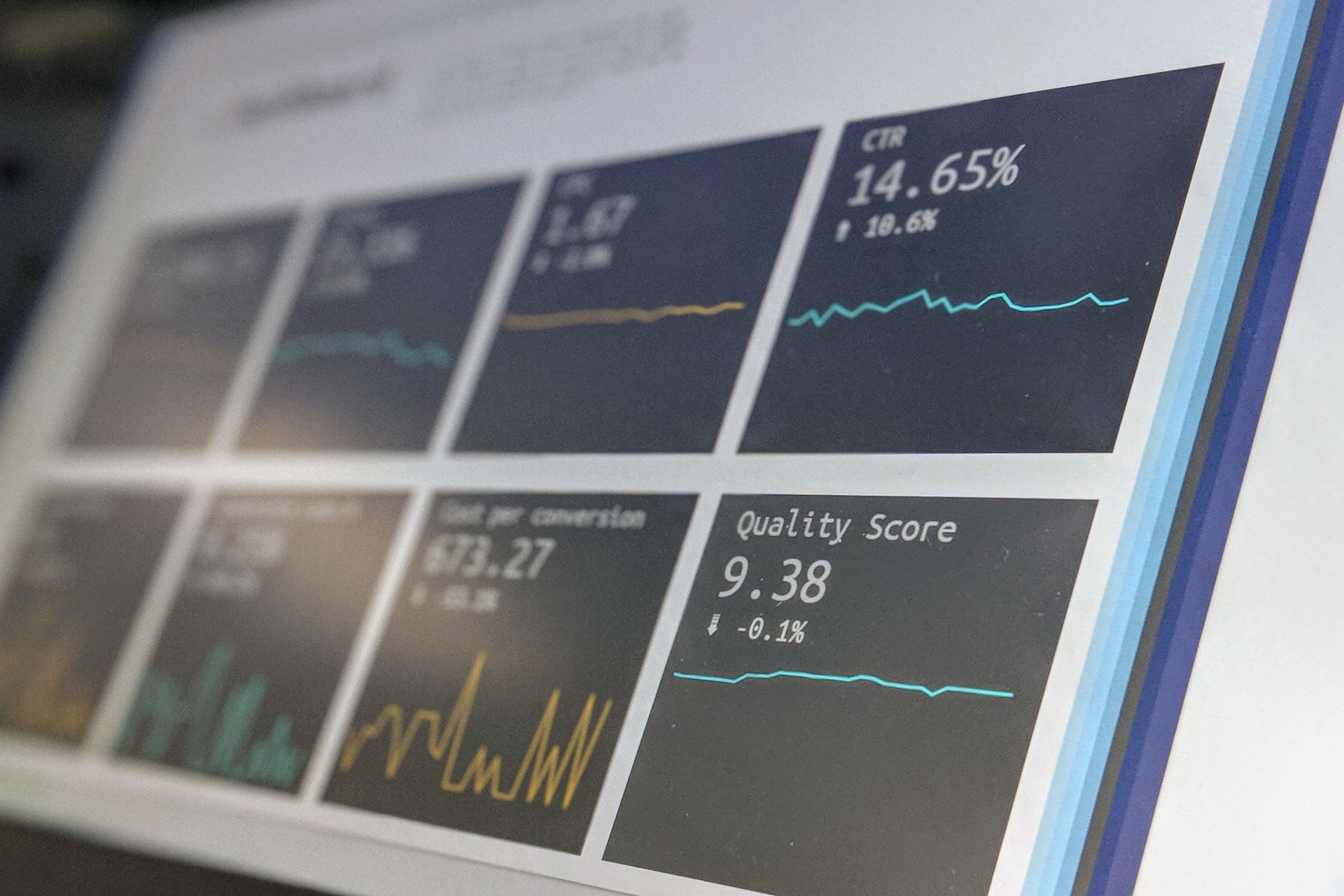
How to Monitor for Insider Threats While Avoiding the Big Brother Effect
August 31, 2023 - Revolutionized Team
Revolutionized is reader-supported. When you buy through links on our site, we may earn an affiliate commision. Learn more here.
This guest article was submitted by: Stefanie Shank
Insider risk is rising, and if recent high-profile insider incidents serve as any indication, organizations need to stay sharp to avoid costly outcomes. Since insider threats arise from within your organization’s jurisdiction, staying alert is foundational to staying safe.
Monitoring measures sound great in theory, but how far is too far? At what point does risk mitigation become an invasion of privacy? And how can you strike a balance between a protective sibling and a nosy nudnik?
Understanding the Big Brother Effect
The Big Brother Effect refers to the negative consequences of excessive monitoring, where surveillance becomes intrusive and uncomfortable. Originally coined from George Orwell’s dystopian novel, 1984, it may also conjure up imagery from the reality television show by the same name, in which contestants live in a house and have every moment of their lives — no matter how personal — recorded by video and audio surveillance. In either case, the Big Brother Effect highlights the potential harm of constantly watching and scrutinizing individuals.
In the context of monitoring behaviors to spot insider threat indicators, it is crucial to understand the Big Brother Effect’s negative impact on employees’ morale, trust and privacy. Striking a balance between effective monitoring and avoiding a reputation as an invasive force is essential for maintaining a healthy work environment and ensuring successful threat detection.
Monitoring for Insider Threat
Malicious insiders pose a significant risk to organizations, making effective monitoring systems crucial for early detection and prevention. However, insider threats can also stem from simple mistakes. An estimated 95% of cybersecurity issues come from human error.
Employees with authorized access to sensitive information can exploit their privileges, potentially causing financial loss, data breaches or reputational damage. By monitoring behaviors, organizations can identify anomalies, suspicious activities or signs of malicious intent.
Proactive monitoring provides several benefits in mitigating insider risk. It enables organizations to establish baseline behaviors, detect deviations and flag potential risks promptly. By leveraging advanced technologies such as user behavior analytics and machine learning, patterns and trends can be identified, helping to identify high-risk insider threat indicators.
Monitoring gives organizations agility in incident response, enabling them to take timely action to prevent or minimize damage. It supports investigations, providing valuable evidence in the event of an incident and aids in implementing necessary security measures to prevent future occurrences.
Implementing robust monitoring practices is vital in the modern, ever-evolving threat landscape. By staying vigilant and adopting effective monitoring strategies, organizations can enhance their security posture and safeguard against the potential risks posed by insiders.
Monitoring and Privacy: A Delicate Balance
Maintaining a delicate balance between monitoring and privacy is paramount when implementing tactics to detect insider threats. While monitoring behaviors is essential for identifying potential risks, organizations must navigate potential privacy concerns.
Extensive monitoring practices can raise valid invasion of privacy concerns among employees. Addressing these considerations transparently is crucial, as is establishing clear guidelines and policies that protect individuals’ privacy rights. Organizations should ensure monitoring focuses on behavior-based indicators rather than intrusive surveillance methods.
Navigating legal and ethical aspects is also essential. Compliance with relevant privacy laws and regulations is vital to avoid legal repercussions. Additionally, organizations should prioritize ethical practices, respecting individuals’ rights and fostering a culture of trust.
Technological advancements can aid in finding harmony between monitoring and privacy. Leveraging privacy-enhancing technologies and automation can minimize the impact on individual privacy while effectively detecting insider threats.
Organizations can create a work environment that promotes security, trust and respect for individual privacy rights by finding the proper equilibrium between monitoring and privacy.
Strategies to Avoid the Big Brother Effect
Organizations can employ several strategies to balance effective surveillance and respecting privacy to avoid the Big Brother Effect while implementing monitoring behaviors to detect insider threats.
- Implementing transparent communication and education: Organizations should communicate the purpose and benefits of monitoring programs to employees. Providing education on how monitoring works and having the safeguards in place helps alleviate concerns and build trust.
- Focusing on behavior-based monitoring rather than invasive surveillance: Organizations can adopt a targeted approach that focuses on identifying unusual or suspicious behaviors instead of obsessively monitoring every action. This method reduces the perception of constant scrutiny and enhances privacy.
- Using technology to automate monitoring processes while respecting privacy: By leveraging advanced technologies, such as anomaly detection algorithms or artificial intelligence, organizations can automate monitoring processes while minimizing human involvement. This reduces the chances of biases and protects individual privacy.
- Ensuring data protection and limiting access to sensitive information: Strict data protection measures should be in place to safeguard the collected monitoring data. Restricting access to authorized personnel and implementing robust security protocols helps prevent misuse and unauthorized access.
Organizations can balance effective monitoring and avoiding the Big Brother Effect by implementing these strategies. This approach fosters a positive work environment, enhances employee trust and improves the overall effectiveness of insider threat detection and security initiatives.
Building Trust and Employee Buy-In
Building trust is essential when implementing monitoring policies. Organizations should prioritize open communication and transparency to foster trust among employees. Involving employees in the decision-making process, addressing their concerns and emphasizing the shared goal of protecting the organization can help gain their buy-in.
By creating a culture of trust and demonstrating the benefits of monitoring for the overall security and well-being of the organization, employees are more likely to support and cooperate with monitoring efforts, reducing the negative perception of the Big Brother Effect.
Regular Assessment and Review
Regular assessment and review of monitoring strategies are vital to ensure their effectiveness and maintain a healthy balance. Organizations should evaluate the impact of monitoring on privacy, employee morale and overall security posture. By soliciting feedback from employees and stakeholders, organizations can identify areas for improvement and make necessary adjustments.
Adapting monitoring practices to changing organizational needs, technology advancements and evolving privacy regulations helps maintain a proactive and effective monitoring program. Ongoing assessment and review reinforce the commitment to balance monitoring and privacy while mitigating insider threats.
This guest article was submitted by: Stefanie Shank
Having spent her career in various capacities and industries under the “high tech” umbrella, Stefanie is passionate about the trends, challenges, solutions, and stories of existing and emerging technologies. A storyteller at heart, she considers herself one of the lucky ones: someone who gets to make a living doing what she loves. Stefanie is a regular writer at
Revolutionized is reader-supported. When you buy through links on our site, we may earn an affiliate commision. Learn more here.




